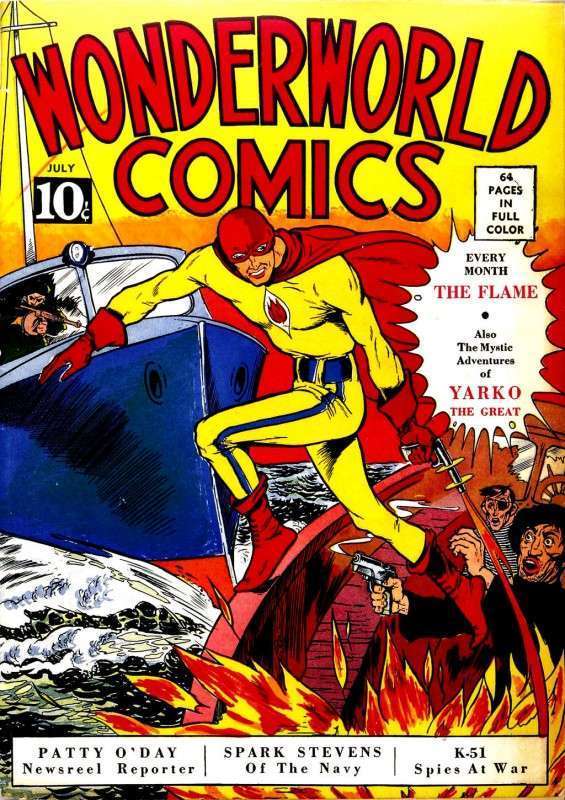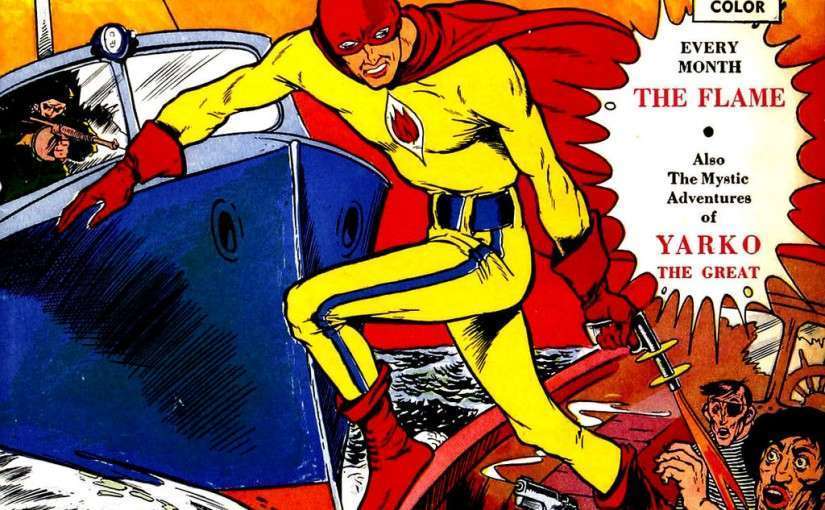A metaphor th at some people use for describing Jesus Christ is that he is our superhero. But, I feel that the metaphor (like most) breaks down here – and so much so that I am uncomfortable saying that Jesus is my superhero (and teaching kids the like).
at some people use for describing Jesus Christ is that he is our superhero. But, I feel that the metaphor (like most) breaks down here – and so much so that I am uncomfortable saying that Jesus is my superhero (and teaching kids the like).
Here’s why: I believe that Jesus is beyond the category of superheroes. He alone is God (John 1:14). To call him a superhero is to limit him to a man-made box that likens him to our understanding of superheroes in popular culture.
The Word became flesh and made his dwelling among us. We have seen his glory, the glory of the one and only Son, who came from the Father, full of grace and truth. – John 1:14
Furthermore, I think the metaphor is backwards. Instead of “Jesus is my superhero,” the aim of superheroes is that most are written to be godlike or to have supernatural powers. So it is not Jesus trying to be like them. It is them trying to be like Jesus.
In fact, I believe that the story of God’s salvation history is the greatest story ever told. I also believe that it is historically true. Comic book authors write about the struggle between good and evil and the godlike characters who wage battles using superhuman powers. If there is anything compelling or attractive about these comic book narratives, I believe it is because we are naturally drawn to themes that resemble the greatest story ever told (the Bible), not the other way around. I believe we are drawn because we are wired (by God) to yearn for the deepest realities of finding redemption from darkness in Him.
Granted, most comic book writers are not trying to write about characters who want to be Jesus. The comic book universe is a fictional fantasy world. Jesus, we believe, is a true historical person. And that is another huge difference that makes this metaphor break down even more…
When you mix fantasy with reality, especially with children, you can potentially cause a blurred line between the two. I think fantasy and fiction (and comics, for that matter) are great literary genres and we should encourage kids to enjoy great literature, whether textual or graphic/visual.
I would rather keep these two worlds (truth and fiction) separate so as not to make children think that Jesus is “limited” to the superhero status of comic worlds. Likewise, I don’t want kids to think that Spiderman is their divine savior.
For you are great and do marvelous deeds; you alone are God. Psalm 86:10
Want more ideas and thoughts about Children’s and Family ministry? Sign up for my free newsletter here.






 at some people use for describing Jesus Christ is that he is our superhero. But, I feel that the metaphor (like most) breaks down here – and so much so that I am uncomfortable saying that Jesus is my superhero (and teaching kids the like).
at some people use for describing Jesus Christ is that he is our superhero. But, I feel that the metaphor (like most) breaks down here – and so much so that I am uncomfortable saying that Jesus is my superhero (and teaching kids the like).